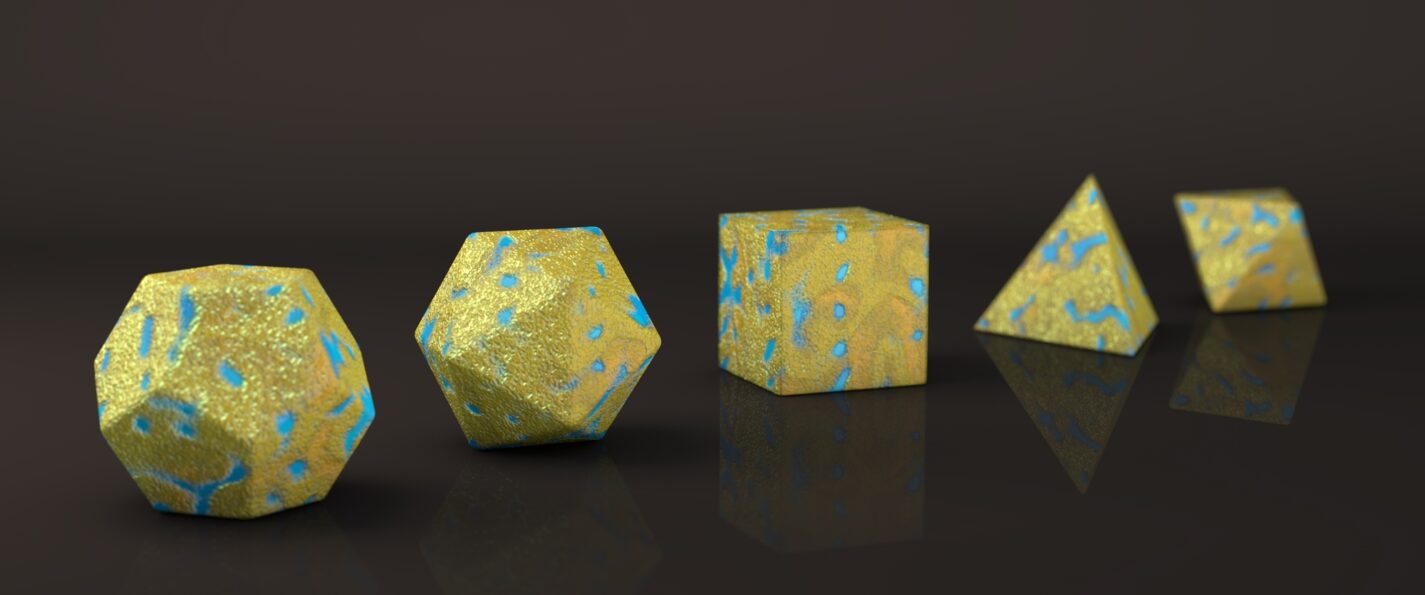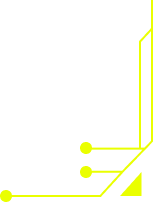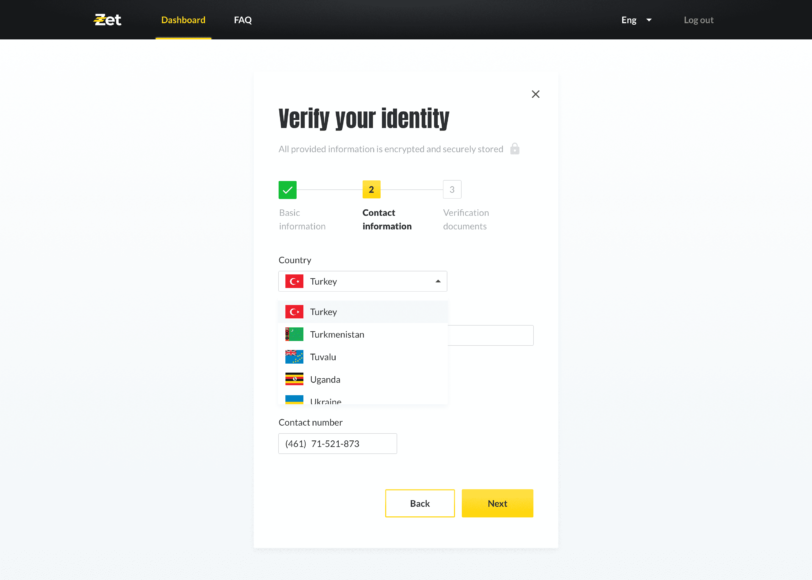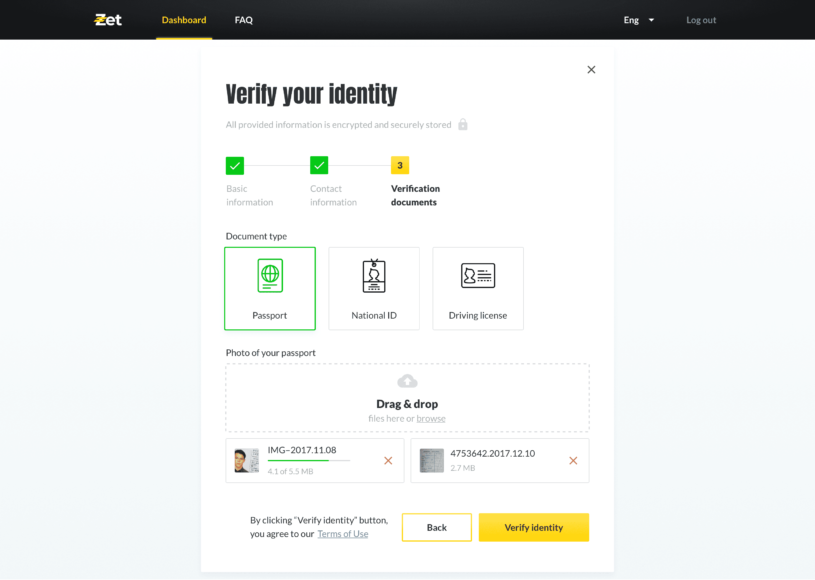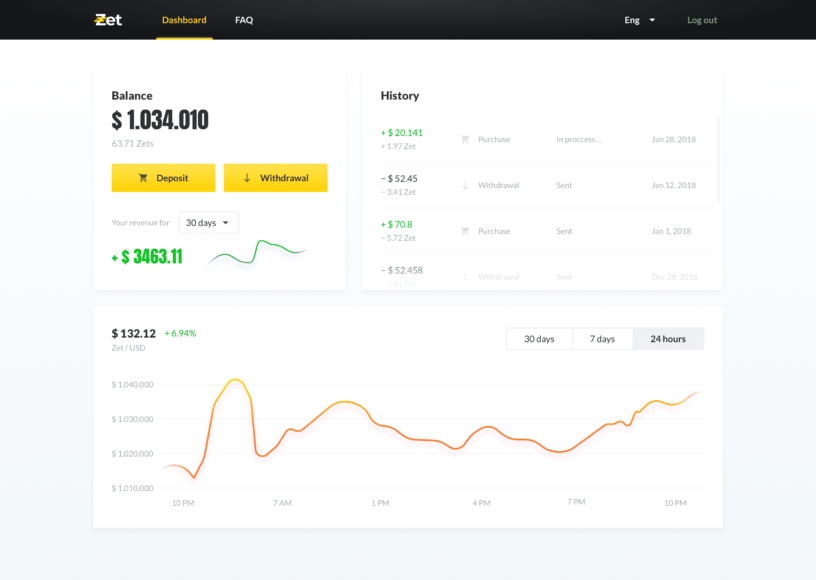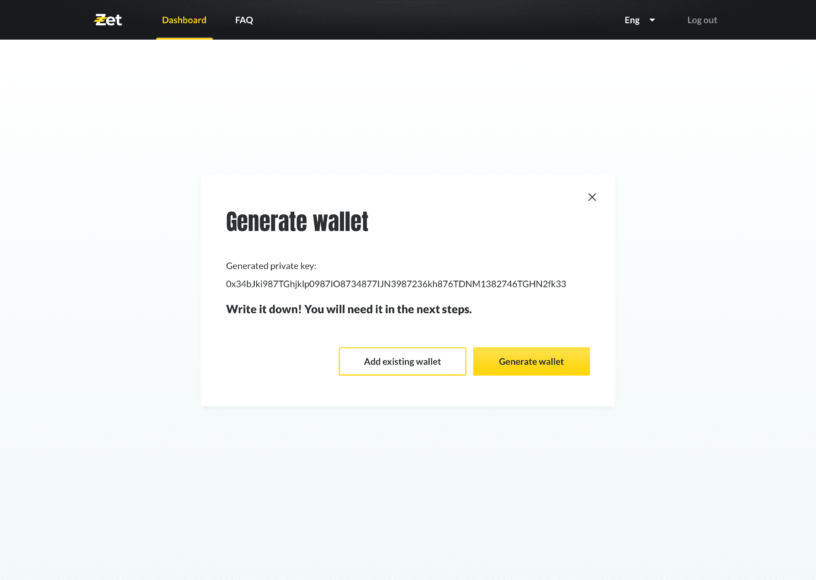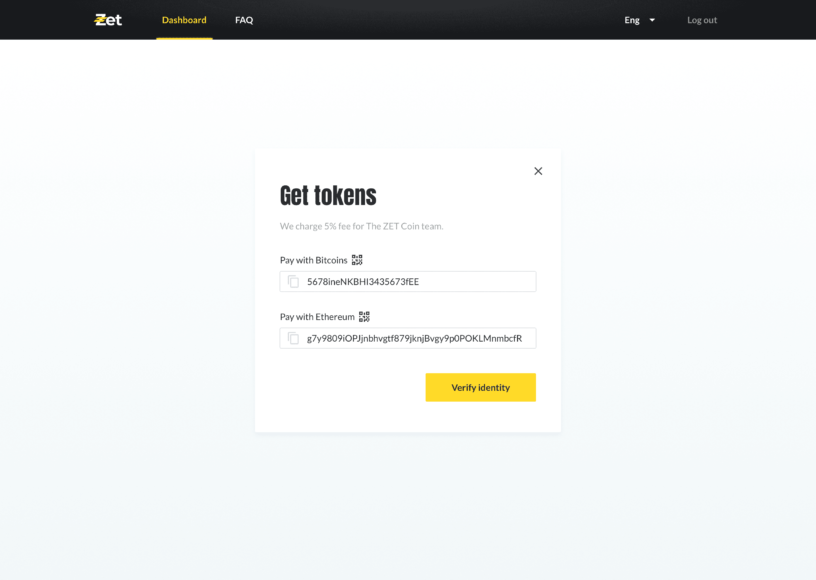Initially, the company planned to install the platform on decentralized rails from scratch. However, it would take much time and financial resources to implement the idea. For this reason, the team decided to first build a centralized solution and upgrade it to a decentralized application later on. It will help to protect the customers’ assets and make the network less vulnerable and more cost-efficient due to lower transaction fees. In this connection, the Zet Fund developers researched the instruments available on the market.
A release of Zet Fund has become a part of the development process as its launch as a centralized platform was an in-between solution. The team looked for an alternative to evolve further. There was a clear understanding of the necessity to join the DeFi sphere to provide security for Zet Fund investors. Luckily, developers of the decentralized market came up with updated DeFi products, audited by reputable companies, hence secure. Now Zet Fund works as a centralized platform, trying to implement seamless transition to a decentralized model.
The first version of the Zet Fund was released as a centralized facility on the partners’ platform where it launched its strategies. Then developers added the investor’s account along with the capability to deposit, withdraw funds and equipped the system with analytics tools, such as Glassnode, allowing asset managers to make data-driven decisions. The next version of the platform came up with a store of analytics reports. The roadmap also includes the transition to DeFi and integration of AI to asset management and wealth management tools.
